
- Shandong Loyal Industrial Co.,Ltd.
- Macaroni Production Machine Instant Noodle Machine Biscuit Making Machine
Home> Company News> Everything you Need to Know About Pet Food Production Line

Everything you Need to Know About Pet Food Production Line
2024-04-17 11:51:22Introduction to Pet Food Production Line Technology
Pet food production line technology encompasses a range of machinery and processes designed to manufacture high-quality pet food products efficiently and consistently. These production lines are essential for meeting the growing demand for pet food worldwide and ensuring that pets receive nutritionally balanced diets. From ingredient handling to packaging, pet food production lines automate various stages of the manufacturing process, optimizing productivity and product quality.
The core components of a pet food production line typically include equipment for ingredient mixing, extrusion, drying, and packaging. Ingredient mixing involves combining raw materials such as meat, grains, vitamins, and minerals in precise proportions to formulate the desired pet food recipes. Extrusion machines then process the mixed ingredients into a dough-like consistency before shaping them into pellets or kibbles. Subsequently, drying equipment removes excess moisture from the product to enhance shelf life and prevent spoilage. Finally, packaging machinery packages the finished pet food products into bags or containers for distribution and sale.
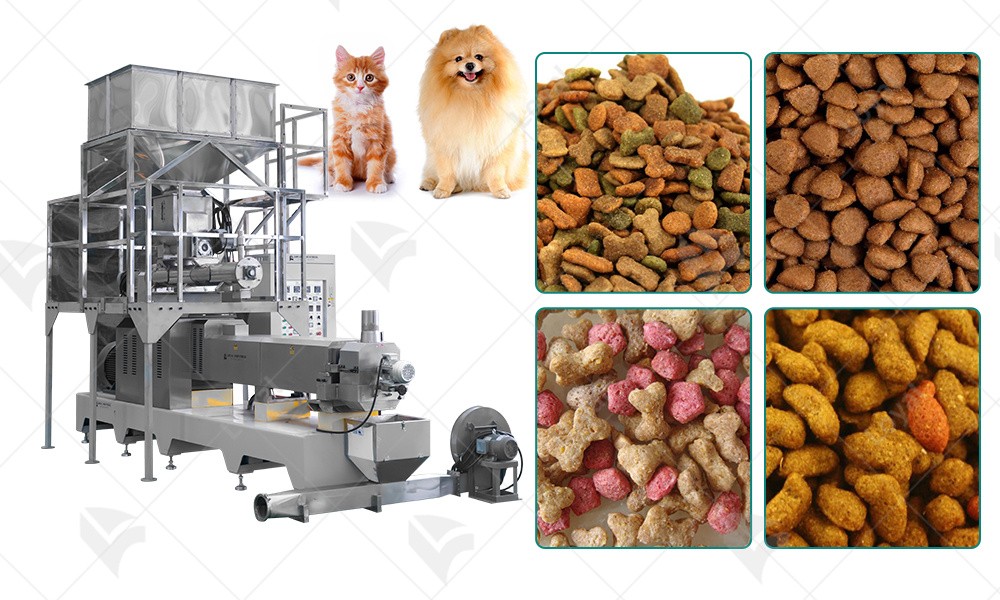
Understanding the Components of a Pet Food Production Line
A pet food production line consists of various components that work together to transform raw ingredients into finished pet food products. One of the key components is the receiving and storage section, where raw materials such as grains, meats, and vitamins are received, stored, and handled before processing. This area typically includes storage silos, conveyors, and ingredient handling equipment to ensure efficient material flow.
The next component is the mixing and grinding section, where the raw ingredients are combined in precise proportions to create a homogenous mixture. This process involves the use of mixers, grinders, and blenders to achieve the desired texture and consistency of the pet food formula. Proper mixing is essential to ensure uniform distribution of nutrients and flavors throughout the product.
After mixing, the blended ingredients move on to the extrusion or cooking section, where the mixture is cooked under high temperature and pressure to form the desired shape and texture of the pet food. Extruders are commonly used in pet food production lines to create a variety of shapes and sizes, including kibble, pellets, and treats. The extrusion process also helps improve the digestibility and palatability of the final product.
Following extrusion, the cooked pet food enters the drying and cooling section, where excess moisture is removed to extend shelf life and prevent microbial growth. Dryers and coolers are employed to control temperature and airflow, ensuring proper drying and cooling of the product without compromising its nutritional integrity.
Finally, the finished pet food is conveyed to the packaging section, where it is weighed, filled into bags or containers, and sealed for distribution. Packaging equipment such as fillers, sealers, and labelers are used to ensure accurate packaging and labeling of the pet food products.
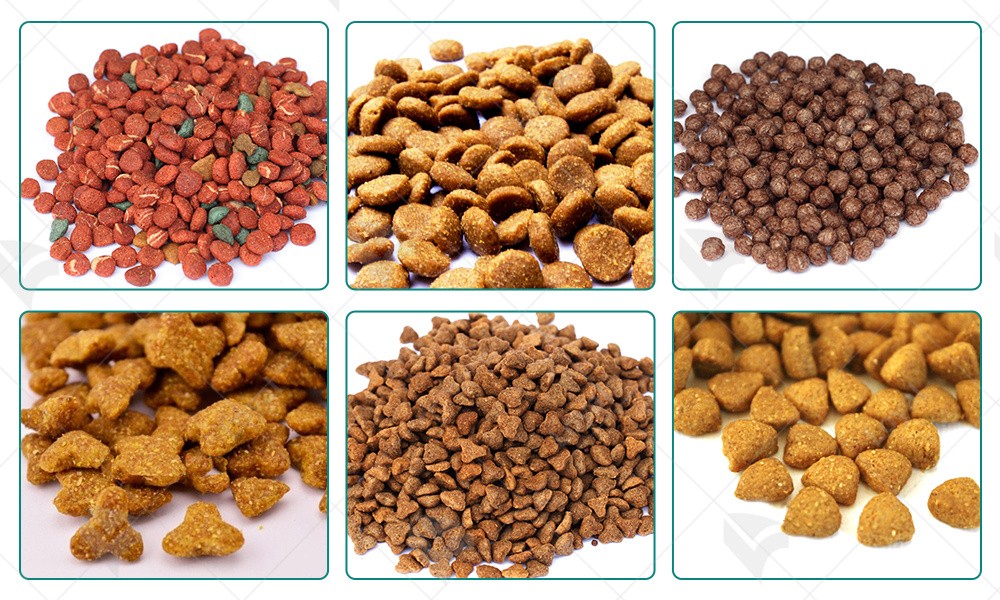
Types of Pet Food Production Lines Available
Pet food production lines come in various configurations to accommodate different production capacities, product types, and manufacturing processes. One common type is the dry pet food production line, which is designed to produce dry kibble or pellets for pets such as dogs and cats. These production lines typically include mixing, extrusion, drying, and packaging equipment tailored for dry pet food production.
Another type is the wet pet food production line, which specializes in producing moist or canned pet food products. Wet pet food production lines often involve cooking, mixing, filling, sealing, and sterilizing processes to ensure the safety and quality of the final product. These production lines are commonly used for pet food formulations with higher moisture content and perishable ingredients.
Additionally, there are specialized pet food production lines for producing treats, snacks, and supplements for pets. These production lines may include equipment such as molders, coaters, and enrobers to create a variety of shapes, textures, and flavors for pet treats. They are designed to meet the growing demand for innovative and functional pet food products that cater to specific dietary needs and preferences.
Furthermore, modular pet food production lines offer flexibility and scalability for manufacturers to customize their production processes according to changing market demands. These modular systems allow for easy integration of additional equipment or production modules to expand capacity, change product formulations, or introduce new product lines without disrupting existing operations.
In conclusion, the types of pet food production lines available vary depending on the specific requirements of pet food manufacturers, including production capacity, product type, and manufacturing process. By choosing the right type of production line, manufacturers can optimize efficiency, quality, and flexibility in pet food production to meet the diverse needs of pet owners and their furry companions.

Comparing Manufacturers of Pet Food Production Line Equipment
When comparing manufacturers of pet food production line equipment, it's essential to consider various factors to ensure you invest in the right machinery for your needs. Let's compare LOYAL company's machines with NP company's machines across different aspects:
|
Aspect |
LOYAL Company |
NP Company |
|
Technology Integration |
Advanced technology |
Basic functionality |
|
Production Capacity |
Higher capacity models |
Limited capacity options |
|
Customization Options |
Tailored solutions |
Limited customization |
|
Durability |
Robust build quality |
Moderate durability |
|
Maintenance and Support |
Comprehensive support |
Limited maintenance help |
LOYAL company's machines typically integrate advanced technology, offering features like smart automation, precise control systems, and data analytics capabilities. These advancements enhance efficiency, consistency, and quality in pet food production. Additionally, LOYAL machines often boast higher production capacities, enabling manufacturers to meet increased demand without compromising on quality.
On the other hand, NP company's machines may offer more basic functionality, with limited customization options and lower production capacities. While they may suffice for smaller-scale operations or specific applications, they may lack the advanced features and scalability provided by LOYAL machines.
In terms of customization options, LOYAL company often provides tailored solutions to meet specific production requirements, allowing for flexibility in recipe formulation, pellet size, and packaging options. This customization capability enables manufacturers to adapt to changing market trends and consumer preferences seamlessly.
When it comes to durability, LOYAL machines are known for their robust build quality and longevity, designed to withstand the rigors of continuous production in industrial settings. This durability minimizes downtime due to equipment failures and reduces long-term maintenance costs, ensuring a high return on investment for pet food manufacturers.
Moreover, LOYAL company typically offers comprehensive maintenance and support services, including regular maintenance schedules, technical assistance, and spare parts availability. This ensures optimal performance of the equipment throughout its lifecycle and provides peace of mind to manufacturers, knowing that they have reliable support when needed.

Design and Layout of a Pet Food Production Facility
The design and layout of a pet food production facility play a crucial role in ensuring efficient operations and maintaining high standards of food safety and quality. When planning the layout of a pet food production facility, several factors must be considered to optimize workflow and minimize the risk of contamination.
Firstly, the layout should facilitate a logical flow of materials and personnel throughout the production process. Raw materials, such as grains, proteins, and vitamins, should be stored in designated areas with proper ventilation and temperature control to prevent spoilage and contamination. The production line should be organized in a sequential manner, starting from ingredient handling and preparation to mixing, extrusion, drying, and packaging, to ensure smooth and efficient production.
The facility design should incorporate hygienic practices and sanitary design principles to prevent cross-contamination and ensure food safety. This includes installing stainless steel equipment and surfaces that are easy to clean and sanitize, implementing proper drainage systems to prevent water pooling, and incorporating air filtration systems to maintain clean air quality in production areas.
Additionally, the layout should allow for adequate space for equipment maintenance, cleaning, and inspection activities. This includes providing sufficient clearance around machinery for easy access and maneuverability, as well as dedicated areas for tool storage, spare parts, and maintenance supplies.
Considerations should be made for employee safety and ergonomics in the facility design. This includes providing clear signage, designated walkways, and safety barriers to prevent accidents and injuries, as well as ergonomic workstations and equipment to reduce strain and fatigue during repetitive tasks.

Optimizing Efficiency in Pet Food Manufacturing Processes
Optimizing efficiency in pet food manufacturing processes is essential for reducing costs, increasing productivity, and maintaining competitiveness in the market. Several strategies can be employed to streamline operations and improve overall efficiency in pet food production lines.
Adopting automation and advanced technology can significantly enhance efficiency by reducing manual labor, minimizing human error, and increasing production throughput. Automated systems for ingredient handling, mixing, extrusion, drying, and packaging can streamline processes and ensure consistent product quality.
Additionally, implementing lean manufacturing principles can help identify and eliminate waste throughout the production process. This includes reducing excess inventory, optimizing production schedules to minimize downtime, and implementing continuous improvement initiatives to streamline workflows and increase efficiency.
Optimizing equipment performance and maintenance schedules can contribute to efficiency gains in pet food manufacturing. Regular equipment maintenance, calibration, and troubleshooting can prevent unexpected downtime and ensure that machinery operates at peak performance levels.
Moreover, adopting a data-driven approach to production management can provide valuable insights into process inefficiencies and opportunities for improvement. Utilizing data analytics software to monitor key performance indicators, such as production yield, downtime, and energy consumption, can help identify areas for optimization and drive informed decision-making.
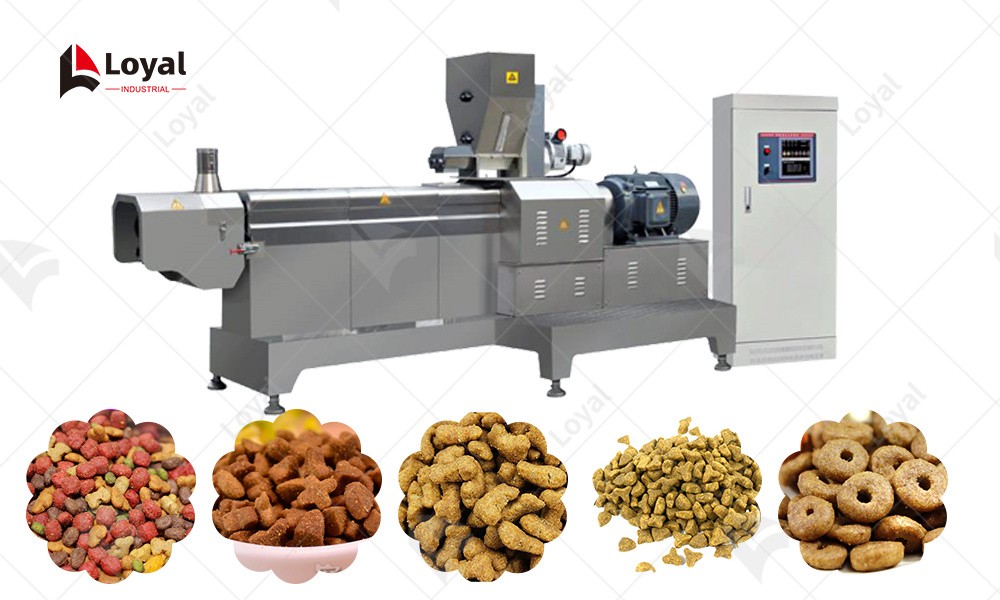
Quality Control Measures in Pet Food Production Lines
Quality control measures are essential in pet food production lines to ensure that finished products meet regulatory standards, safety requirements, and consumer expectations. Implementing robust quality control protocols throughout the production process is critical for maintaining consistency and reliability in pet food manufacturing.
Firstly, raw materials used in pet food production should undergo rigorous inspection and testing to ensure they meet quality specifications and are free from contaminants. This includes screening for pathogens, heavy metals, pesticides, and other potential hazards that could compromise product safety and quality.
Additionally, quality control checkpoints should be established at various stages of the production process to monitor critical parameters and ensure compliance with formulation requirements. This includes testing for ingredient proportions, moisture content, texture, and density to verify that products meet desired specifications.
Maintaining cleanliness and hygiene in production facilities is essential for preventing cross-contamination and ensuring food safety. Implementing sanitation protocols, such as regular cleaning and disinfection of equipment and facilities, proper waste management, and personal hygiene practices for employees, can help minimize the risk of foodborne illnesses and product recalls.
Moreover, implementing traceability systems and batch tracking mechanisms can facilitate quick and accurate identification of products in the event of quality issues or recalls. This includes maintaining detailed records of ingredient sources, production dates, and distribution channels to trace products throughout the supply chain.
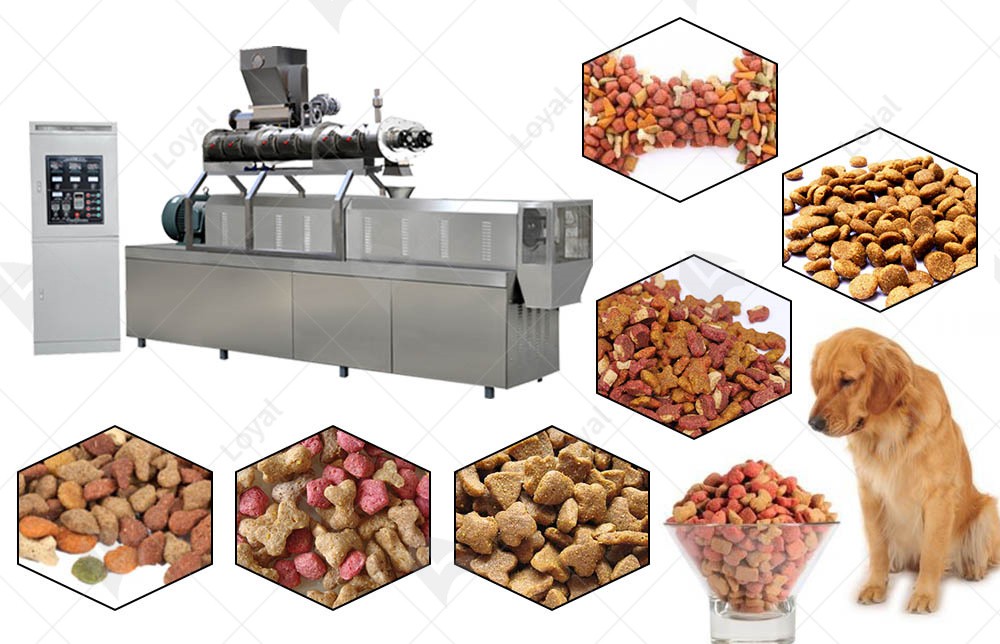
Maintenance and Troubleshooting of Pet Food Production Equipment
Maintenance is crucial for ensuring the smooth operation and longevity of pet food production equipment. Regular maintenance routines should be established to prevent breakdowns and minimize downtime. This includes tasks such as cleaning, lubricating moving parts, inspecting for wear and tear, and replacing worn components. Scheduled maintenance should be performed according to the manufacturer's recommendations to address specific needs of each machine.
Troubleshooting procedures are essential for quickly identifying and resolving issues that may arise during operation. This involves systematic diagnosis of problems, such as abnormal noises, fluctuations in output, or mechanical failures. By following troubleshooting protocols provided by the manufacturer, operators can efficiently pinpoint the root cause of problems and implement appropriate solutions.
Proper training of staff is also crucial for effective maintenance and troubleshooting of pet food production equipment. Operators should be familiarized with equipment operation, maintenance protocols, and troubleshooting techniques to handle routine tasks and address unforeseen issues competently. Additionally, having access to technical support from equipment manufacturers or specialized service providers can expedite problem resolution and ensure optimal performance of the machines.
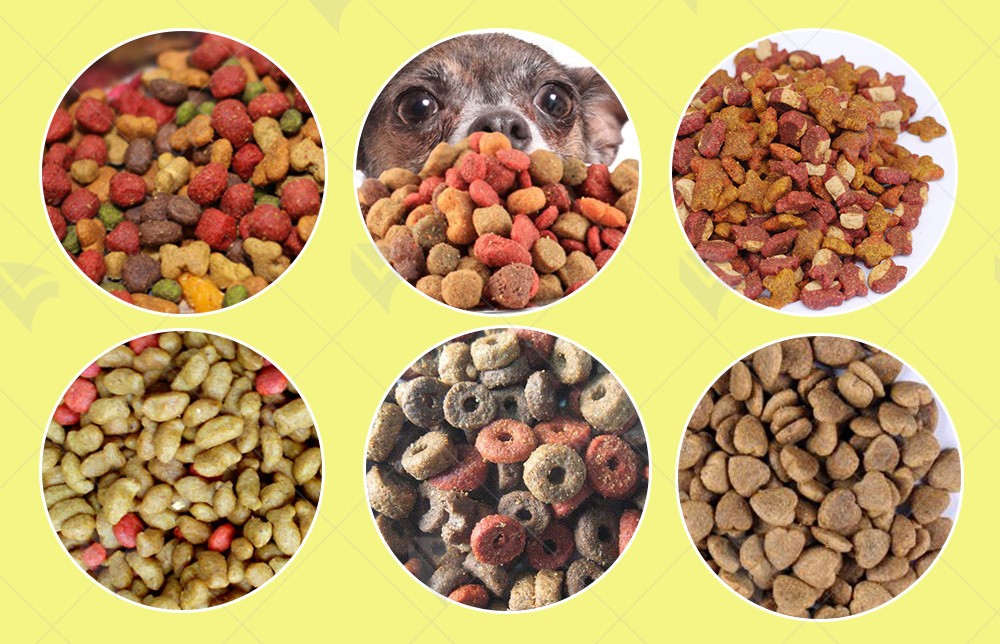
Ensuring Food Safety Standards in Pet Food Production
Food safety is paramount in pet food production to protect the health of pets and consumers. Pet food manufacturers must adhere to strict food safety standards and regulations to ensure the safety and quality of their products. This includes implementing good manufacturing practices (GMP), Hazard Analysis and Critical Control Points (HACCP) principles, and complying with relevant regulatory requirements.
One of the key aspects of ensuring food safety in pet food production is maintaining proper hygiene and sanitation practices throughout the manufacturing process. This includes regular cleaning and sanitization of equipment, production areas, and utensils to prevent contamination and cross-contamination of raw materials and finished products.
Furthermore, pet food manufacturers should conduct regular testing and analysis of raw materials and finished products to monitor for potential hazards such as microbial contamination, chemical residues, and foreign objects. This helps identify any deviations from safety standards and allows for corrective actions to be taken promptly to mitigate risks to pets and consumers.
Additionally, pet food manufacturers should implement traceability systems to track the movement of ingredients and products throughout the production process and distribution chain. This enables rapid recall of products in the event of a safety issue and helps prevent the spread of contaminated products to consumers.
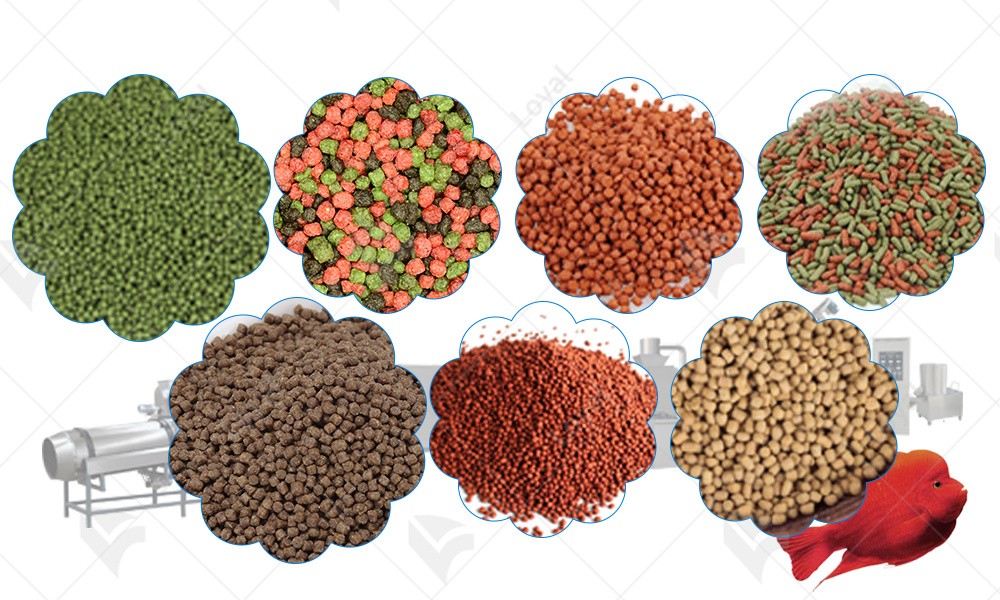
Future Trends and Innovations in Pet Food Production Line Technology
One of the emerging trends in pet food production line technology is the implementation of smart manufacturing practices. This involves the integration of IoT (Internet of Things) devices, sensors, and data analytics to create interconnected systems that can monitor and optimize various aspects of the production process in real-time. Smart manufacturing enables pet food manufacturers to improve efficiency, reduce waste, and enhance product quality.
With pet owners increasingly seeking personalized nutrition solutions for their pets, the demand for customized and tailored pet food products is on the rise. In response, pet food production lines are being designed to accommodate a wider range of ingredients, formulations, and packaging options. This allows manufacturers to offer personalized pet food products that meet the specific dietary needs and preferences of individual pets.
Sustainability is becoming a major focus in the pet food industry, with consumers demanding environmentally friendly products. Pet food production lines are incorporating sustainable practices such as the use of renewable energy sources, eco-friendly packaging materials, and waste reduction strategies. Additionally, innovative processing technologies are being developed to minimize water usage, energy consumption, and carbon emissions during the production process.
Reference materials
1. Food Engineering Magazine
Website: [https://www.foodengineeringmag.com/]
2. Food Processing Magazine
Website: [https://www.foodprocessing.com/]
3. Institute of Food Technologists (IFT)
Website: [https://www.ift.org/]
4. American Society of Agricultural and Biological Engineers (ASABE)
Website: [https://www.asabe.org/]
5. European Federation of Food Science and Technology (EFFoST)
Website: [https://effost.org/]
 Commercial Japanese Panko Bread Crumb Grinder Machine
Commercial Japanese Panko Bread Crumb Grinder Machine Japanese Bread Crumbs Processing Line
Japanese Bread Crumbs Processing Line Automatic Cookies Making Machines
Automatic Cookies Making Machines Fully Automatic Biscuit Making Machines
Fully Automatic Biscuit Making Machines